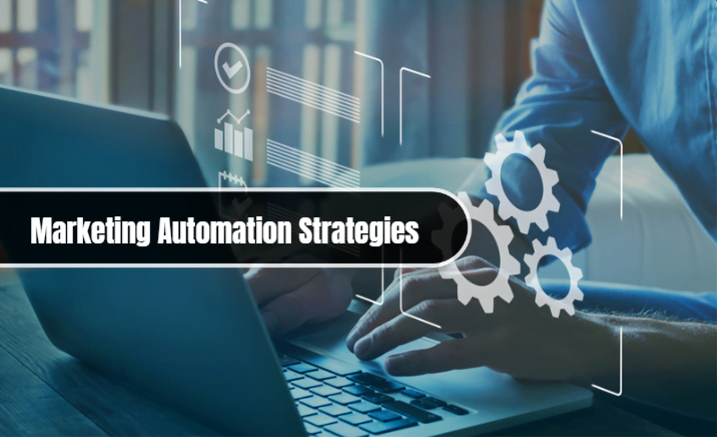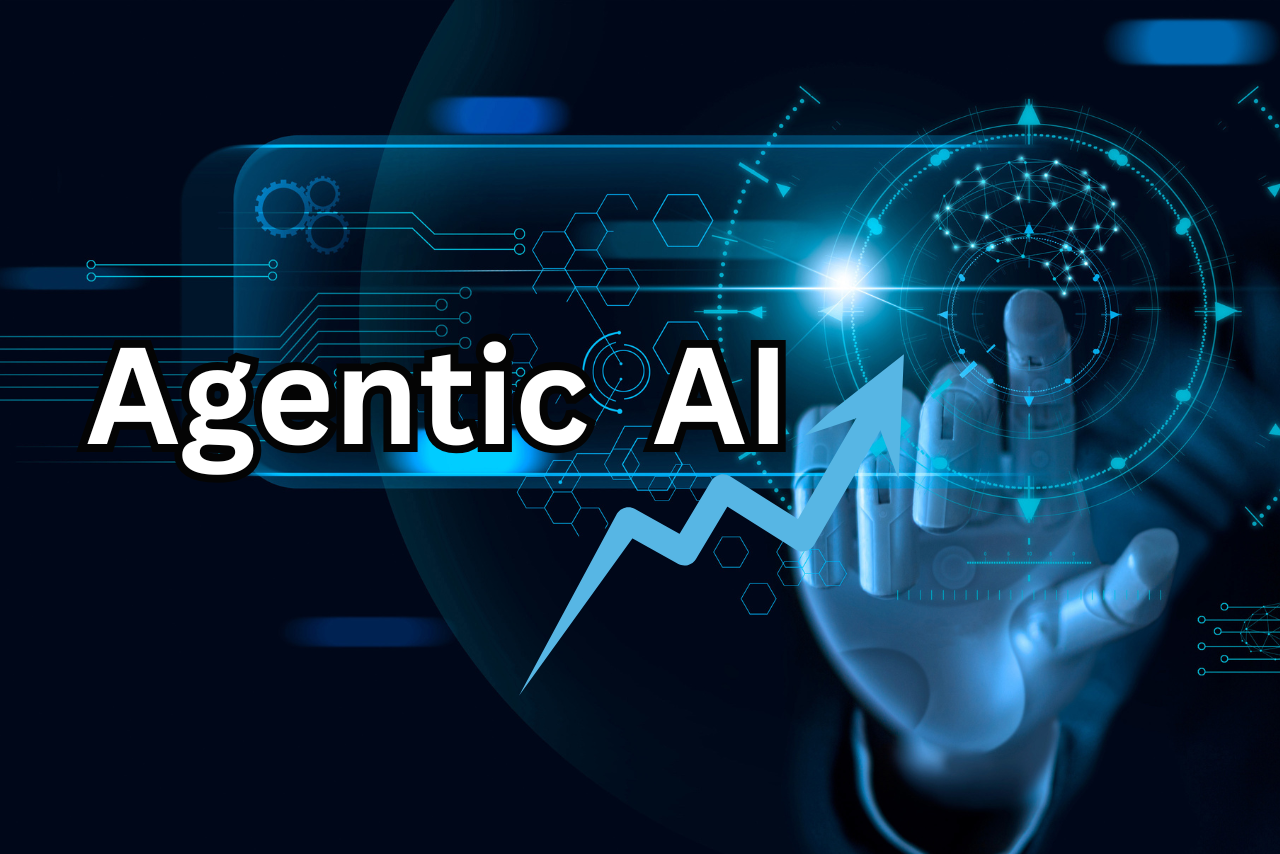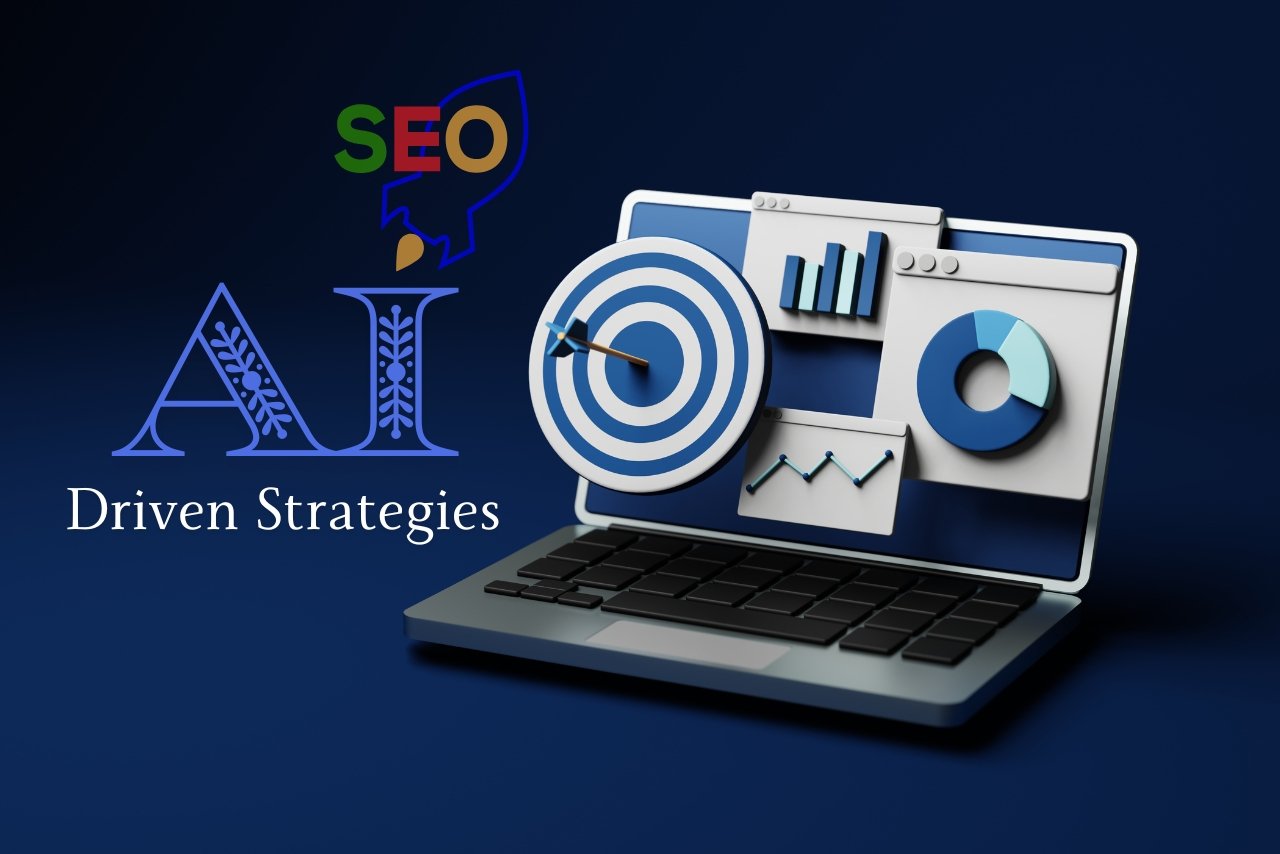To keep one step ahead of the competition as seismic developments alter digital marketing, embrace automation.
Marketing Automation
Marketing automation involves using technology to automate marketing processes and workflows. This may involve tracking websites, social media efforts, and email marketing. It is an effective tool for companies of all sizes, enabling them to automate their marketing procedures, increase revenue, and improve ROI.
4 Marketing Automation Strategies
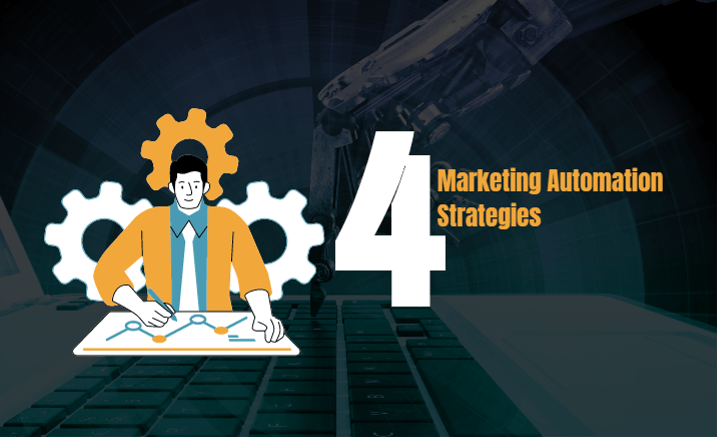
The digital marketing sector is going through an identity crisis amid economic unpredictability and technical change. Marketers’ long-relied-upon strategies—decades in some cases—are beginning to show their age. However, this gives ambitious, forward-thinking companies new chances to innovate and improve existing practices.
They can choose from growing marketing automation techniques and technologies. Artificial intelligence, machine learning, and deep learning undoubtedly impact every aspect of digital marketing, from affiliate funnels to PPC campaigns to large language models like ChatGPT. This influence extends beyond email marketing.
Here are four marketing automation strategies to use in 2023.
1. Email Campaign Automation

Email marketing is another area where automation has long played an important role and where the automation rate has accelerated substantially in recent years. Almost all steps in the email marketing funnel may now be automated. Examples include:
- Registrations and permissions: Use cursor trackers and automatic website pop-ups to catch visitors before leaving your site.
- Email reminders are sent automatically to those who have signed up.
- To reduce lead attrition, send automatic follow-up emails at certain intervals or based on user activities in the sales funnel.
- Automated list cleaners: Remove users and inactive email addresses after a predetermined time.
Like other marketing disciplines, starting is the most important thing businesses can do.
2. PPC Marketing Automation

PPC automation has long been a favourite among pay-per-click marketers. However, a new wave of innovative solutions assists PPC advertisers in unlocking new potential, managing more responsive campaigns, and ultimately doing more with less.
By connecting PPC campaigns to real-time inventories, the Campaign Automator technology enables marketers to provide more relevant advertising and guarantee a better user experience at every transaction.
When inventories change, tools may adjust ad placements and language automatically, lowering the chance of offering a product the prospect cannot afford. PPC automation techniques enable marketers to cut back on unnecessary ad spending, which enhances marketing ROI.
3. Automated Customer Segmentation

Most marketers want precision when segmenting target groups, which ChatGPT alone cannot achieve. However, technologies like Segment, which is now part of the Twilio portfolio, can.
Customer information from all areas of the brand ecosystem, including mobile and online apps, is gathered, segmented, and cleaned up by Segment.
Segmenting technologies are far more effective (and frequently more accurate) than ad hoc automation or procedures controlled by humans. They’re helpful in sectors like fashion and food service, where many transactions still happen in person.
4. Personalized Content Creation
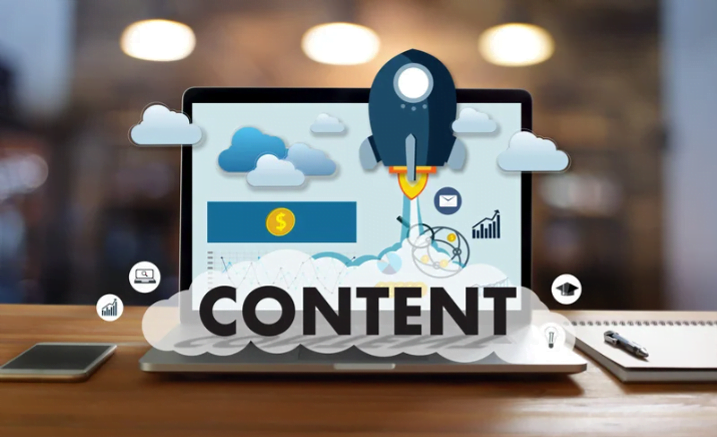
One of the most exciting prospects for marketing automation in 2023 and beyond is the generation of personalized content. Large language models (LLMs) that are getting stronger, more precise, and more inventive, like OpenAI’s ChatGPT, already require less labour to produce effective marketing content.
I’ve tested a few of these tools, and I’ve found that they work particularly well for CTAs, short, attention-grabbing headlines, and social media marketing in general. In the foreseeable future, they’ll probably compete with human copywriters for lengthier applications.
ChatGPT and other LLMs are capable of much more than writing marketing material. Marketers may use them to create longer thought leadership pieces for content marketing, create buyer profiles, and generate new or enhanced content strategies.
The benefits of marketing automation
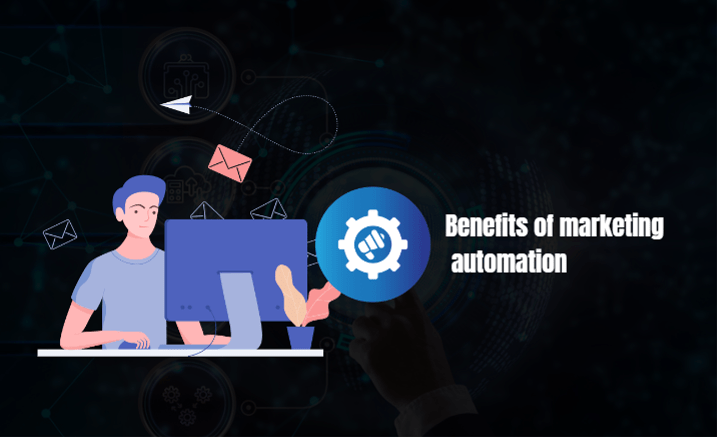
There are numerous reasons to adopt marketing automation for your business. We list some of the greatest ones here:
Spend less and do more
A small team may be more nimble and execute more campaigns if you strategically employ marketing automation to automate time-consuming chores. When a smaller team can do more, employment expenses are decreased.
Be more creative
What makes people more creative, do you know? Give them imaginative something to do! Repetitive jobs physically dull the mind; if your marketing team is stuck doing the same boring chores, they aren’t using their creative faculties.
Their capacity for creativity will increase as they spend more time on it. Additionally, keeping them on board will be much simpler because they’ll probably be happier and more content with their jobs.
From then, things just keep getting better and better: more innovative, successful marketing brings in more money, and that innovative work will help you draw in innovative individuals who want to work with you.
Make better use of your resources.
You’ll be able to discover which elements of your marketing plan need or are worth investing in more with greater testing and automation, which should result in a higher ROI (return on investment).
Upsell and cross-sell more successfully
With the correct testing, you can determine which clients are most suitable for upselling or cross-selling and the stages of your marketing funnel where this is most likely to succeed.
The procedure may then be automated to ensure that these communications are sent to your audience’s screens at precisely the right moment, increasing customer lifetime value.
Easy to Keep an eye on your leads
B2B marketing depends on leads, and many marketing automation tools let you construct a database of all of them, regardless of the channel that produced them. It will be considerably simpler to coordinate lead nurturing techniques and easier to convert leads into customers if they are all in one location.
What’s Next?
Before intelligent chatbots and LLMs started challenging the more creative aspects of the industry, marketing automation had already been around for a while. But when we step back and consider the bigger picture, it’s obvious that marketing automation could use some work. It’s still early, so new and better tactics will probably emerge to support the more well-established ones.
Marketers and companies must stay updated with evolving technologies to flourish in this ambiguous, always-shifting environment. Additionally, they must adopt bold, enticing ideas while carefully avoiding getting sucked into hype cycles that eventually go nowhere.

